Ink drawings can be very striking and impressive, with the bold lines standing in strong contrast to the white paper beneath. However, getting started with paper and ink can be daunting at first.

Likely, when you first learned to make letters, write sentences, or draw yourself in art class at school, you used a pencil. The simple ability to erase mistakes probably felt comforting. The permanence of ink, however, can create pressure to get things right the first time around. It may keep you from trying. However, if you take things slowly and allow yourself the leeway to make mistakes, ink drawing can be fun and rewarding.
Choosing your Equipment
What you will use as your drawing tool is one of the most important decisions when starting to draw with ink. The options are endless, and each one offers different possibilities for colors and texture. The type of drawing you want to do will likely have a significant influence on your choice. If you are just getting started, gather up all the different types of pens at your disposal and try them. Borrow from friends if necessary. Take the time to find out what each one can and can’t do.
• Fountain Pens –

These pens are a popular choice for many ink artists. Using fountain pens for drawing can allow you to vary the width of your lines by changing the pressure of the nib against the paper. The more flexible the nib, the wider the variation it will allow. If you have never used a fountain pen before, however, it may take a while for you to get used to it. Fountain pens only work well if you pull or drag the nib across the paper. Never try to push the nib away from you. This motion will cause the ink to splatter on the page.
• Brushes –

A traditional brush used for calligraphy is an excellent tool for drawing. With practice, the flexible brush hairs effortlessly glide through smooth strokes. They can create lines of varying thickness with small variations in pressure from the artist’s hand. Brushes also work in whatever direction you choose. There is no need to worry about which direction the nib is facing. However, brushes can be messy and need to be dipped repeatedly while drawing. One way to get around these issues is to try a brush pen first. With a cartridge of ink inside the shaft and a brush tip, these pens can mimic brush and ink drawing without making it complicated.
• Crow Quills –

Many advanced artists will choose to use a crow’s quill for intricate work. While they can be messy to use, the very fine tip on these quills is ideal for small or detailed artwork.
• Add Variety with Variety –
Pen and ink drawing does not require a fancy pen or brush. You can use any collection of pens that you own. Combining inks of different colors and consistencies can create areas of interest that draw the eye. Even pens or markers that are dried out can have their place in your toolkit.
Start Where You Are
If you have never created drawings with pen and ink, start where you are comfortable. That may mean starting with a pencil. Allow yourself to get comfortable drawing with a pencil that you can erase. Practice the strokes used to form a face, an eye, or a flower until you are more confident in your abilities. If you like the picture you draw, you can always go over it in ink when finished.
When deciding to ink later, pay attention to what you are inking over. There may be a temptation to simply trace what you have drawn. However, going through the motions and tracing lines can result in a flat, emotionless drawing, removing the depth of feeling in your pencil art. It is the little details that will make a difference, so be sure they come through.
Adopt Simple Techniques
When you are just starting, keep your expectations realistic. Recreating the art that you have seen in comics or framed on the wall may not be in the cards just yet. Instead, focus on one simple technique at a time to slowly develop your talents.
Know Your Shapes Now
is a good time to focus on shapes in the world around you. Use simple shapes to draw more complex forms. It may surprise you how prevalent shapes are in the world around you if you look for them.
Experiment with Your Grip
You should hold your pen near the tip at about a 45-degree angle to the paper for the best pen control. However, this grip is not the only way to hold a pen. Some artists prefer to grip the pen closer to the end of the shaft or at a different angle. Changing the angle and the grip on your pen can alter the artistic effect. Don’t be afraid to experiment and figure out what works for you.
Use All Your Muscles
Taking notes with a pencil and paper is largely a task completed by the hand and wrist. Drawing, however, requires the combined efforts of the rest of the arm as well. Get your elbow and shoulder involved. Working together, all of these muscles can create a greater variety of movements and strokes.
Learning to draw with ink can be an exciting adventure if you give yourself the chance to experiment and try something new. Becoming an artist does not happen overnight. Relax, take it slow, expect mess-ups, be forgiving when they happen and, above all, enjoy. Pen Boutique was built on my passion for fine pens, and I want all my customers to enjoy the same fulfillment that I have found in drawing and writing with ink and fine instruments.

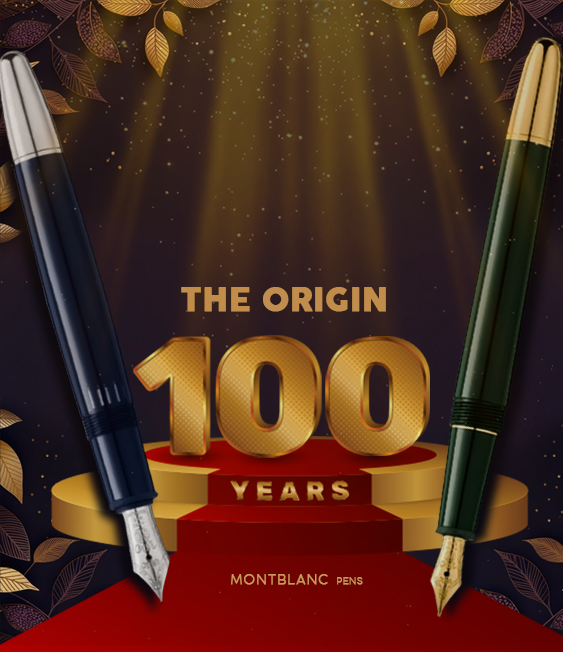
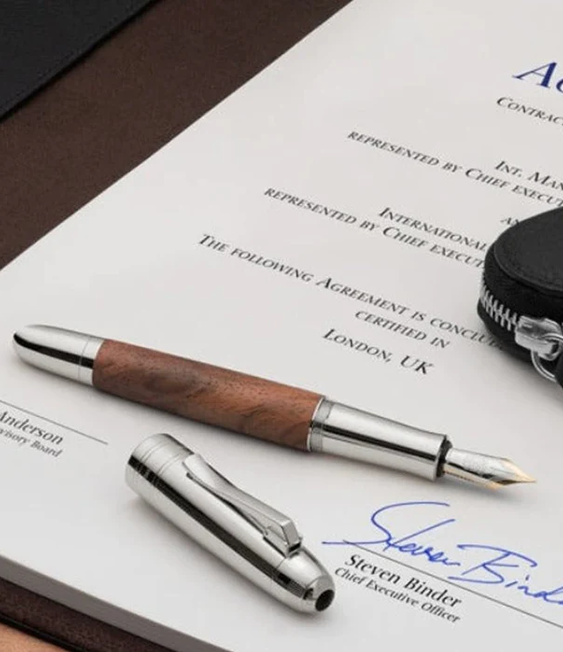
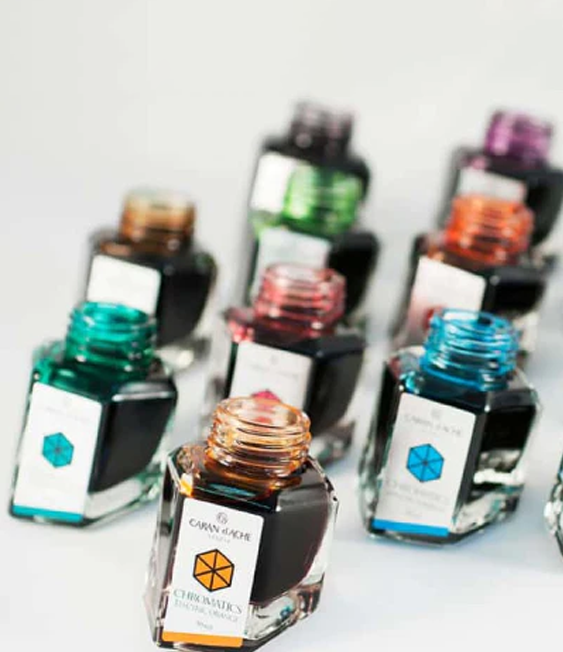
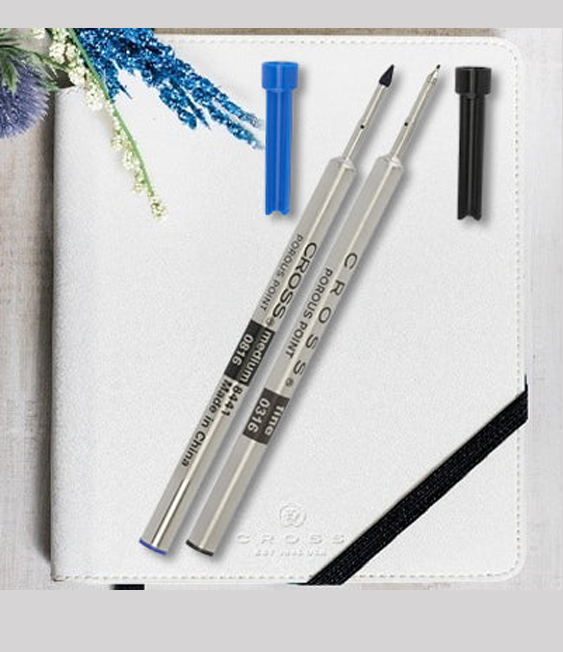

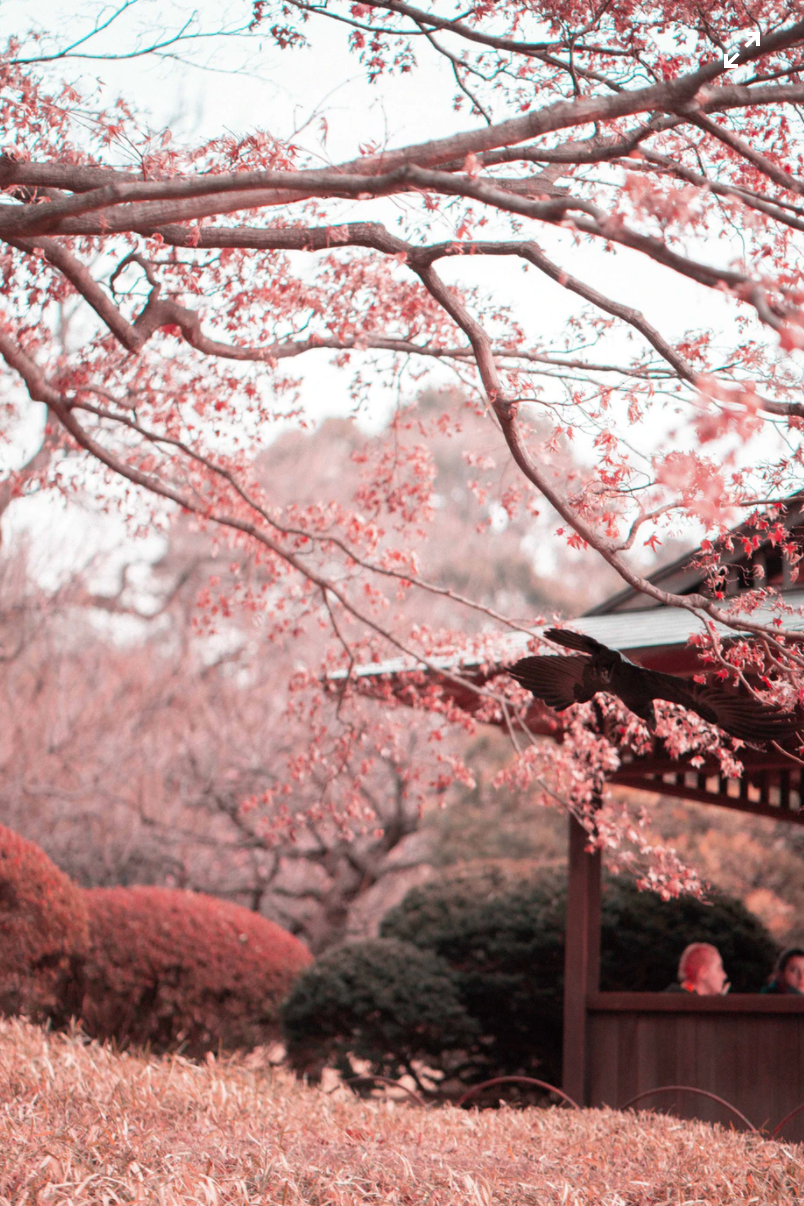
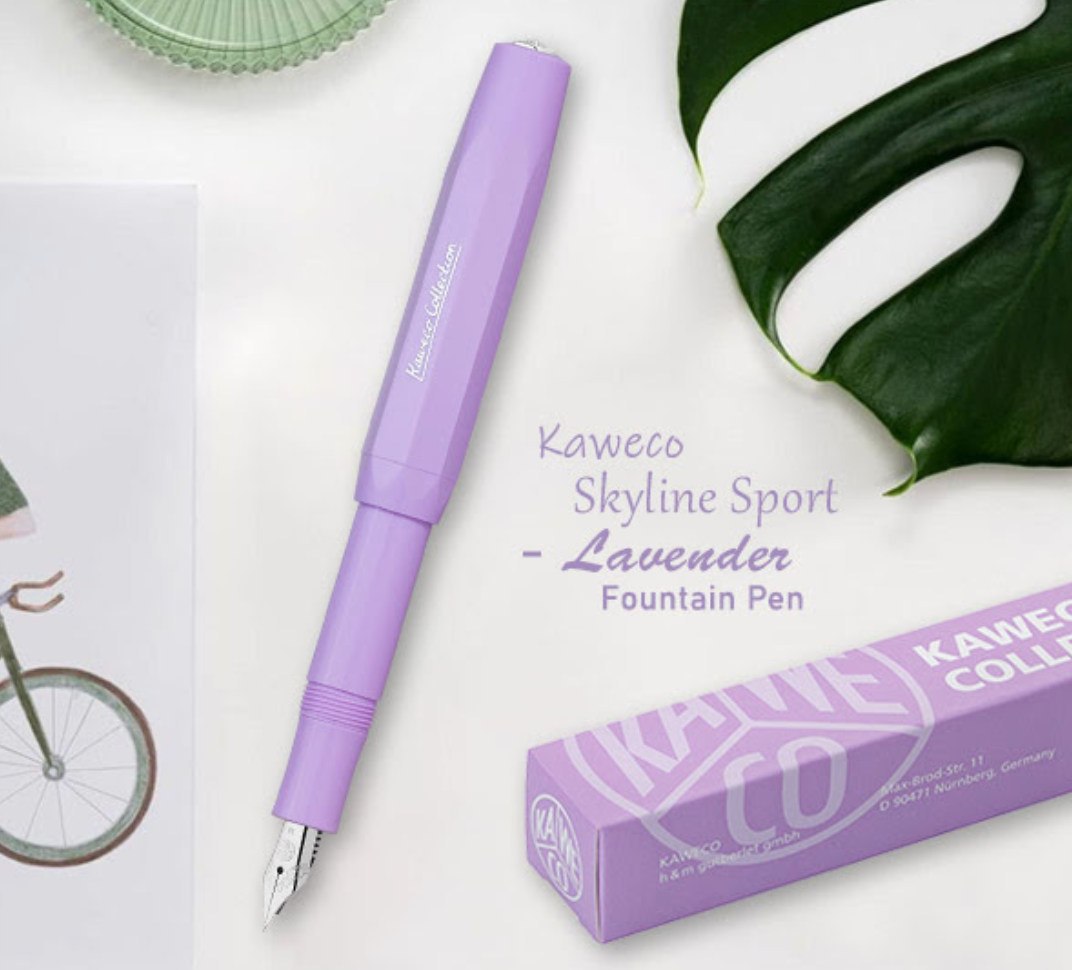

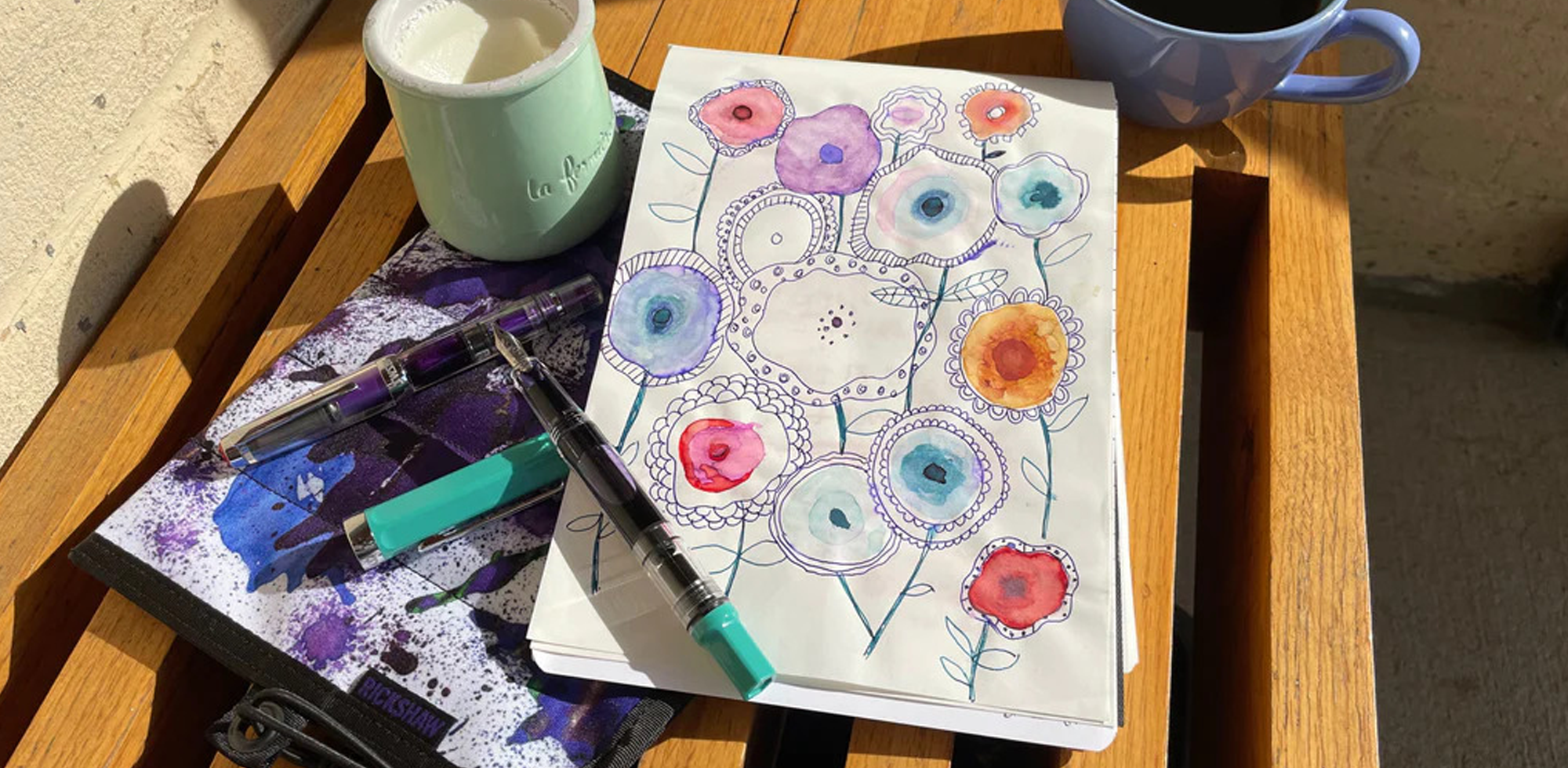
2 comments
RUTH FEIERTAG
Nice post! The tone and content are both very encouraging and I particularly appreciated the low-pressure advice to “start where you are” and the foundational reminder to be aware of basic shapes. I wish drawing were a larger part of school curricula so that it didn’t seem to esoteric to so many people. I think we all benefit from having a variety of ways to express ourselves and to use to communicate to others.
Nice post! The tone and content are both very encouraging and I particularly appreciated the low-pressure advice to “start where you are” and the foundational reminder to be aware of basic shapes. I wish drawing were a larger part of school curricula so that it didn’t seem to esoteric to so many people. I think we all benefit from having a variety of ways to express ourselves and to use to communicate to others.
Rebecca Purchase
Thanks..I have been a bit down with the shut down but I am a writer, photographer and lazy artist. I like to draw.. I love pen and ink.. I write a journal and illustrate my writing, great fun and good during these locked in times.. Love your pens, I have bought a few.. and comments.. Thanks.
Thanks..I have been a bit down with the shut down but I am a writer, photographer and lazy artist. I like to draw.. I love pen and ink.. I write a journal and illustrate my writing, great fun and good during these locked in times.. Love your pens, I have bought a few.. and comments.. Thanks.